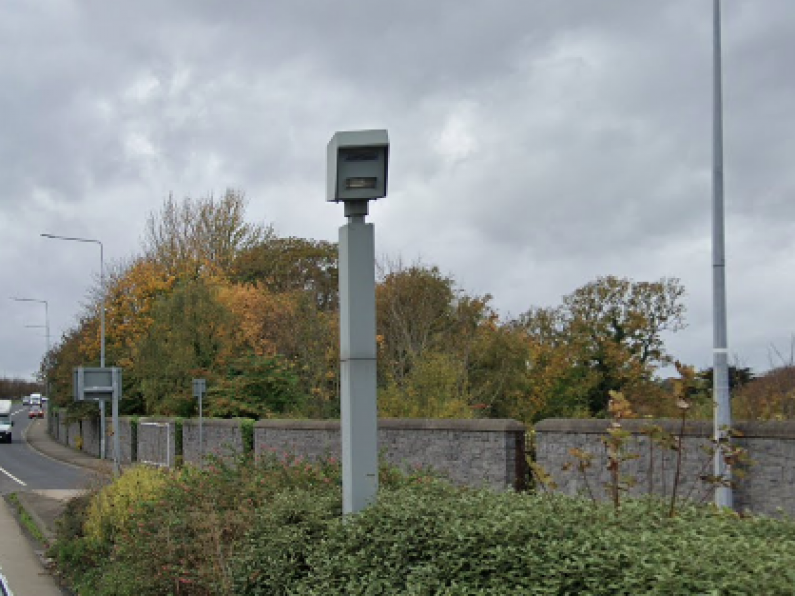With unexpectedly high temperatures frequently outpacing the ability of modern office air conditioning systems to cope during the recent heatwave, firms found themselves fighting a losing battle with the debilitating effect of climatic conditions upon a frequently fatigued workforce, writes John Daly.

In the UK, the idea of instituting flexible work practices to counter the sweltering conditions is increasingly finding a willing audience of perspiring employees.
The Trades Union Congress (TUC) is urging employers allow their staff to work flexible hours to avoid travelling in peak times, in addition to allowing the wearing of lightweight clothing. Its general secretary, Frances O’Grady said: “It’s no fun working in a baking office or factory. Bosses who provide a cool and comfortable work environment are going to get more out of their staff.”
"While there are currently no specific guidelines for over-heated workplaces, the TUC is campaigning for a maximum indoor temperature of 30 degrees, and 27 degrees for those involved in more strenuous jobs"
While the current extreme climatic conditions are likely temporary, the idea of a permanent flexible workforce is gaining across the EU.
The European Parliament has approved new rules for paternity leave, parental leave and flexible work measures as part of a larger effort to improve the current the work-life balance of parents and carers across member states.
The proposals are also designed to address the under-representation of women in the labour market, increase incentives for fathers to take up family-related leave and to foster gender equality and equal opportunities.
Negotiations will begin in September to make the rules a requirement for EU member states, one of which will allow working parents with a child up to the age of 10 adjust their employment schedule through remote working.
“We are calling on Irish businesses to adopt the model in the UK which allows employees apply for flexible work. All employees in the UK once they have worked with the same employer for 26 weeks have a legal right to request flexible working,” said MEP Deirdre Clune.
Businesses must do more to support women and men in the workforce, she says, particularly given the cost of childcare.
“It is important that businesses play their part with many women wanting to go back to work after having children but it can be hard managing family and work life for both men and women.”
Karen O’Reilly is the founder of Employmum, a recruitment agency specialising in flexible employment for people returning to work. The concept was born from the founder’s own challenges in finding a job to fit around her family life on her return to Ireland in 2013 after an extended period working abroad.
“Employmum was initially founded out of personal necessity, but it tapped into a deep vein of talented people, mostly women, caught in a similar bind where traditional workplace methodology clashed with the flexibility and fluid requirements of modern life.

“In a time of almost full employment in Ireland, employers offering flexible work conditions can obtain the best talent in the market and retain them. Thinking a little bit outside the traditional box of hiring can mean obtaining seriously high calibre, loyal and happy candidates,” Ms O’Reilly said.
In a recent survey by the company, more than two-thirds cited the availability of flexible work as the most important aspect of their ideal job.
Some 35% said that the main barrier to work for them was inflexibility of employers, followed by the high costs of childcare and the long hours expected of employers.
“Forget your ping pong tables and your workout classes, your casual Fridays and your free food — if you want to retain talent, you need to respect them and offer them flexible work arrangements,” said Ms O’Reilly. “These are the issues pushing women out the door of many a workplace. This exodus and back peddling on the career ladder from the age of 30 to 40 leads eventually to gender diversity gaps in the workforce as we reach executive level.”






